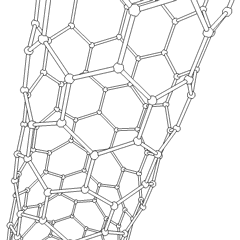Yes Remus, definitely a good idea assuming perfect geometry. Wo3Dan, your idea about building the core in wedges is sound. Could the junctions between the wedges be hidden?
One of the main problems here is that I am building the model from 2d drawings which I thought were exact but which, it turned out, were not. I just imported profiles from the 2d drawings into SU. So now I'm having to go through the whole model (what's posted here is just a fraction of the building) correcting geometry.
I've replaced the original model on this thread, with a new (hopefully) corrected version.
Wasn't sure what you meant about
@unknownuser said:
slanted in two directions
. Maybe it's corrected now.
And Tom, I like your idea of getting the groups out of the model and working on them at a distance. What do you mean when you say "open one group"? Do you mean explode?
Maybe there is no "easy" way. At least there are options 







